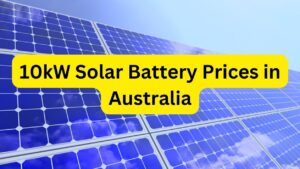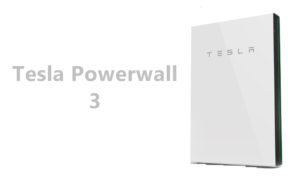
In recent years, the adoption of solar energy has seen a significant surge in Melbourne, Australia. With abundant sunlight and a growing awareness of environmental sustainability, many Melburnians are considering investing in solar panels for their homes or businesses. However, before making a significant decision, know the solar panel costs, benefits, and factors unique to Melbourne’s climate and energy landscape.
Is Solar Panel Worth It In Melbourne?
Yes, it is worth it to install a solar panel system in Melbourne. Determining the savings from installing a 10kW solar panel system in Melbourne depends on several factors, including sunlight availability, electricity consumption patterns, feed-in tariffs, and installation costs.
A 10kW solar panel system in Melbourne can typically generate between 35-45 kWh of electricity per day, depending on factors such as sunlight intensity and system efficiency. This translates to approximately 12,775-16,425 kWh annually.
1. Understanding Solar Energy in Melbourne
Melbourne enjoys a relatively sunny climate, with an average of approximately 2,200 hours of sunshine per year. The city’s latitude and weather patterns make it conducive to solar panel installations, although variations in sunlight throughout the year must be considered. Feed-in tariffs offered by the government incentivize solar energy production by reimbursing homeowners for excess electricity fed back into the grid.
2. Financial Considerations
The upfront cost of purchasing and installing solar panels can be substantial, including equipment, installation fees, and potentially battery storage systems. Calculating the ROI involves assessing factors such as energy savings, feed-in tariffs, maintenance costs, and potential increases in property value. Rebates, tax credits, and feed-in tariffs can significantly offset the initial investment and enhance the financial viability of solar panel installations.
Also read: Can Pensioners Get Free Solar Panels in Victoria?
3. Environmental Benefits
Solar energy is a clean, renewable resource that generates electricity without emitting harmful greenhouse gases, contributing to mitigating climate change. By harnessing sunlight to generate electricity, solar panels help reduce dependence on fossil fuels, conserving finite natural resources.
4. Melbourne-Specific Considerations
Melbourne experiences distinct seasons, with fluctuations in sunlight intensity throughout the year. Assessing solar panel performance across different seasons is crucial for accurate ROI projections. Melbourne’s grid infrastructure and electricity rates play a role in determining the economic viability of solar panel installations. Understanding tariff structures and potential grid connection fees is essential. Factors such as shading from surrounding buildings or vegetation and the orientation of the roof can impact the efficiency of solar panels. Conducting a thorough site assessment is necessary to optimize solar energy production.
5. Maintenance and Longevity
Solar panels require minimal maintenance, with periodic cleaning and inspections to ensure optimal performance. Choosing reputable installers and high-quality equipment is essential for maximizing the lifespan and efficiency of solar panel systems.
Conclusion
The decision to invest in solar panels in Melbourne involves a careful evaluation of various factors, including financial considerations, rebates or incentives, environmental benefits, and Melbourne-specific factors such as climate and grid connectivity. While the initial investment may seem daunting, the long-term benefits in terms of energy savings, environmental impact, and potential financial returns can make solar panels a worthwhile investment for many Melburnians. By conducting thorough research, consulting with experts, and considering individual circumstances, homeowners and businesses can make informed decisions regarding the feasibility and value of solar panel installations in Melbourne.
Read Next:






